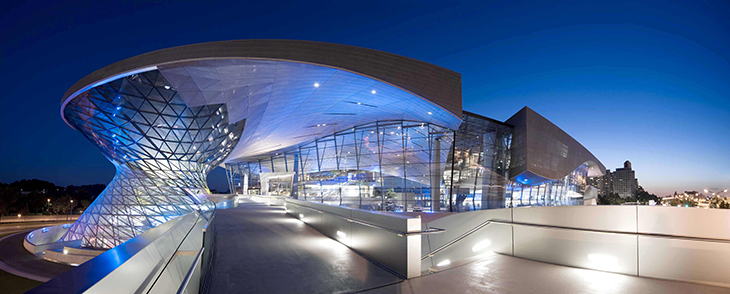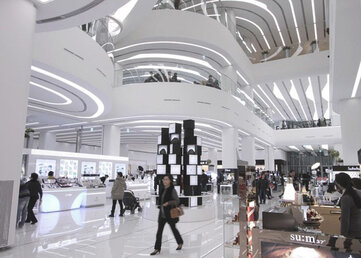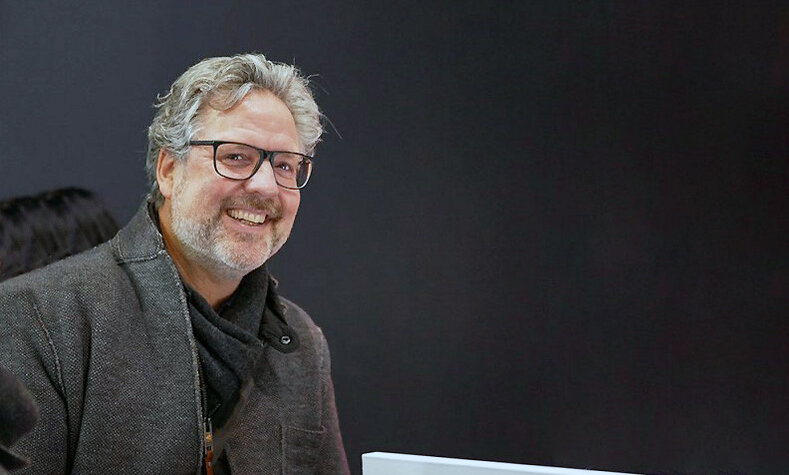Light is more than illumination – it creates atmosphere, emotion, and impact. In our new three-day intensive workshop with renowned lighting designer Wilfried Kramb, creativity, conceptual thinking, and hands-on exploration take center stage. From the first sketch to practical testing in the White Lab, ideas evolve into a coherent lighting concept. We spoke with Wilfried about why light is so much more than technology, how he found his passion, and why this workshop will fundamentally sharpen the way we see spaces and light.
Wilfried, could you tell us a bit about yourself?
If I had to summarize my path in just a few words, I’d say: light has never let me go. It’s been like a guiding thread throughout my entire career. While studying interior architecture, I was already working in an electrical planning office on the side. After exciting roles as an interior architect in Sydney and Frankfurt, and later at DIAL, light increasingly became the focus of my work. I first joined the lighting design office Lichtdesign Köln, and in 1996 I co-founded ag Licht with a partner. Since then, light has been not only my profession, but my calling.
What excites you most about lighting design?
What fascinates me is the transformative power of light. It makes materials visible, brings surfaces to life, and changes both atmosphere and function—almost as versatile as music or acoustics.

Why is it important to you to make light a tangible experience, beyond standards and software?
Standards define the minimum requirements for functionality, and of course that’s important. But how those requirements are met can look very different. The real challenge is creating a symbiosis between architecture, interior design, and lighting design. You can’t achieve that simply by choosing between variants in a lighting calculation program, you need a clear and coherent concept first.


What does a typical day in your workshop look like?
What matters most to me is that participants work hands-on and experience the process of developing a concept themselves. Through sketching, they get to know the space and the task, and from there develop a design idea. The ability to draw isn’t the key, what counts is the emotional process of developing a concept, along with the very rewarding feeling of having achieved something tangible.
What makes this workshop so practice-oriented?
At DIAL, we have the unique opportunity to test participants’ ideas directly in the White Lab. That’s what makes the workshop so practical. We spend nearly the entire time in the white lab, implementing, testing, and experiencing how ideas actually work. Theory and practice flow seamlessly together.
Who is this workshop designed for?
For anyone who works professionally with light. That might be young interior architects or architects who are increasingly asked to address lighting issues in practice. It could also be representatives from lighting manufacturers who want to better understand how to support designers, or electrical engineers who are still responsible for lighting design but lack formal design training.
What do participants take away?
Above all, an understanding of what a concept truly is and the creative possibilities that exist beyond purely technical planning. This often makes future collaboration and discussions among planners much easier and more fruitful.
How does the workshop change the way participants view light and architecture?
Ultimately, my hope is to heighten sensitivity to the subject. Light is not an extra skill you have to learn, but rather a wonderful design tool, something you can actively apply in the service of both functional and emotional architecture and interior design.

